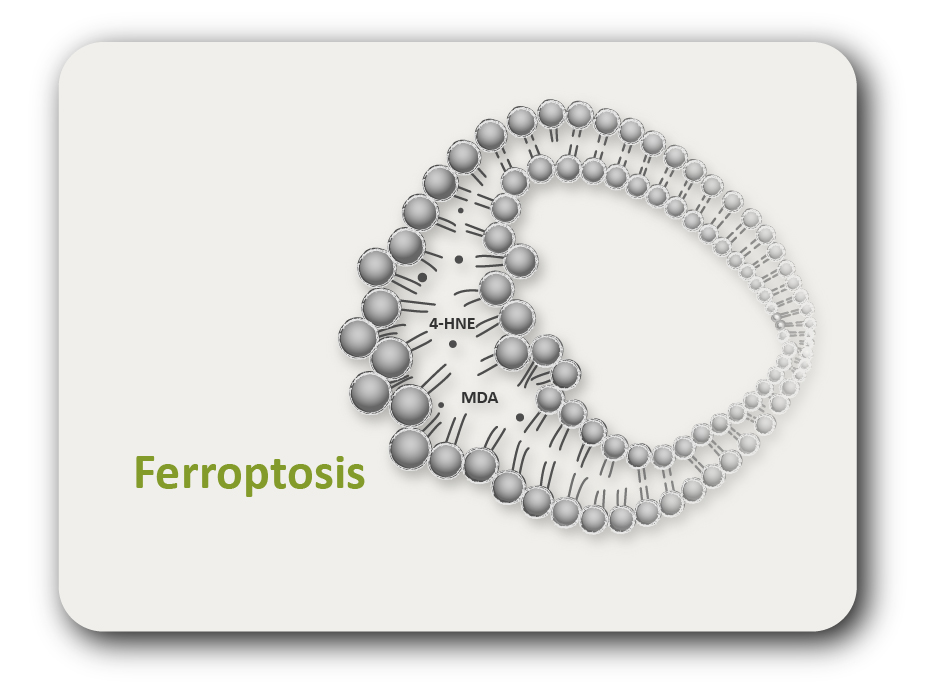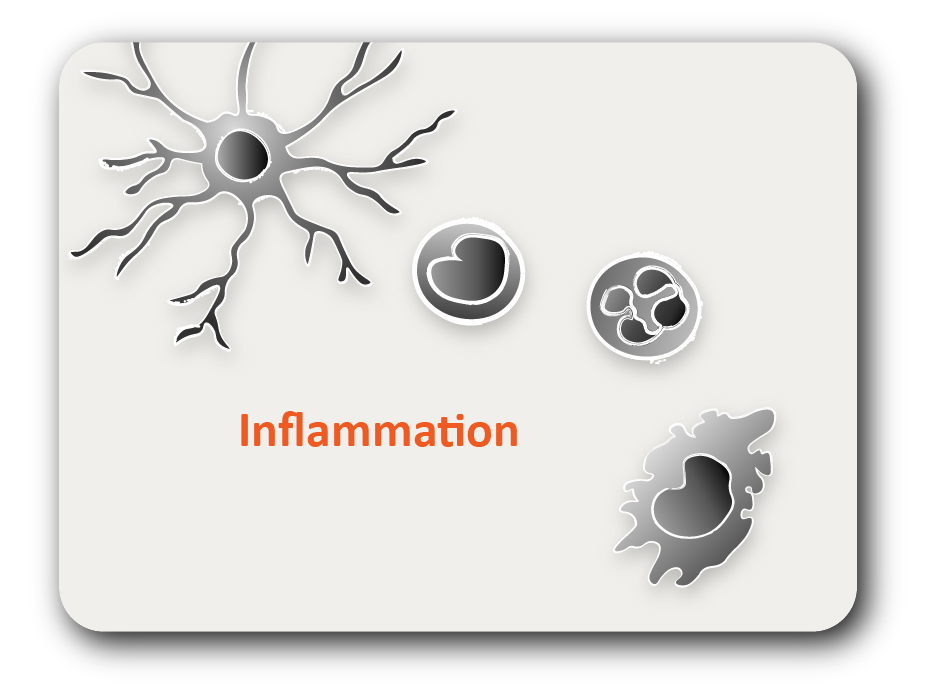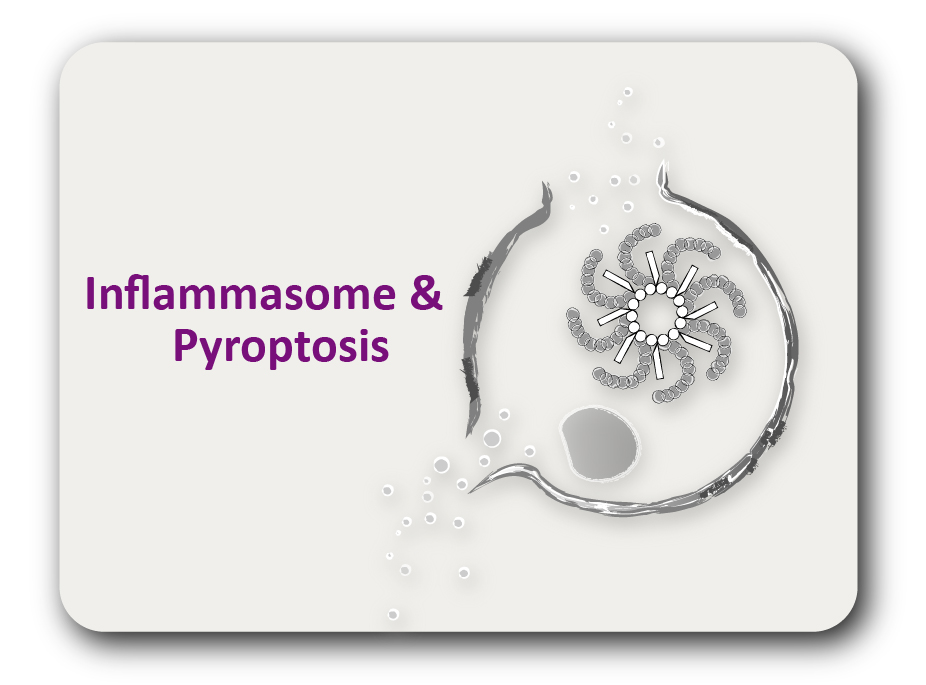ARG65991
anti-CCL13 / MCP4 antibody (Biotin)
anti-CCL13 / MCP4 antibody (Biotin) for ELISA,Western blot and Human
Overview
| Product Description | Biotin-conjugated Rabbit Polyclonal antibody recognizes CCL13 / MCP4 |
|---|---|
| Tested Reactivity | Hu |
| Tested Application | ELISA, WB |
| Host | Rabbit |
| Clonality | Polyclonal |
| Isotype | IgG |
| Target Name | CCL13 / MCP4 |
| Antigen Species | Human |
| Immunogen | E. coli derived recombinant Human CCL13 / MCP4. (QPDALNVPST CCFTFSSKKI SLQRLKSYVI TTSRCPQKAV IFRTKLGKEI CADPKEKWVQ NYMKHLGRKA HTLKT) |
| Conjugation | Biotin |
| Alternate Names | SCYA13; C-C motif chemokine 13; Monocyte chemotactic protein 4; Small-inducible cytokine A13; CKb10; SCYL1; Monocyte chemoattractant protein 4; MCP-4; NCC-1; NCC1; CK-beta-10 |
Application Instructions
| Application Suggestion |
|
||||||
|---|---|---|---|---|---|---|---|
| Application Note | Direct ELISA and sELISA allow the detection of at least 0.2 - 0.4 ng/well of recombinant Human MCP-4. * The dilutions indicate recommended starting dilutions and the optimal dilutions or concentrations should be determined by the scientist. |
Properties
| Form | Liquid |
|---|---|
| Purification | Purified by affinity chromatography. |
| Buffer | PBS (pH 7.2) |
| Concentration | 1 mg/ml |
| Storage Instruction | Aliquot and store in the dark at 2-8°C. Keep protected from prolonged exposure to light. Avoid repeated freeze/thaw cycles. Suggest spin the vial prior to opening. The antibody solution should be gently mixed before use. |
| Note | For laboratory research only, not for drug, diagnostic or other use. |
Bioinformation
| Database Links | |
|---|---|
| Gene Symbol | CCL13 |
| Gene Full Name | chemokine (C-C motif) ligand 13 |
| Background | This antimicrobial gene is one of several Cys-Cys (CC) cytokine genes clustered on the q-arm of chromosome 17. Cytokines are a family of secreted proteins involved in immunoregulatory and inflammatory processes. The CC cytokines are proteins characterized by two adjacent cysteines. The cytokine encoded by this gene displays chemotactic activity for monocytes, lymphocytes, basophils and eosinophils, but not neutrophils. This chemokine plays a role in accumulation of leukocytes during inflammation. It may also be involved in the recruitment of monocytes into the arterial wall during artherosclerosis. [provided by RefSeq, Sep 2014] |
| Function | Chemotactic factor that attracts monocytes, lymphocytes, basophils and eosinophils, but not neutrophils. Signals through CCR2B and CCR3 receptors. Plays a role in the accumulation of leukocytes at both sides of allergic and non-allergic inflammation. May be involved in the recruitment of monocytes into the arterial wall during the disease process of atherosclerosis. May play a role in the monocyte attraction in tissues chronically exposed to exogenous pathogens. [UniProt] |
| Calculated MW | 11 kDa |
| PTM | One major form (form long), and two minor forms (short chain and medium chain) are produced by differential signal peptide cleavage. The medium chain is about 30-fold less active than the long chain. |





